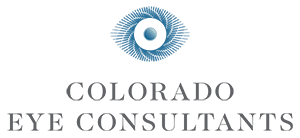
When most people hear “oculoplastic surgery,” they immediately think of cosmetic procedures designed to enhance appearance. However, oculoplastic surgery encompasses far more than aesthetic improvements.
Keep reading to learn more about how oculoplastic surgeries can improve vision and whether you might be a good candidate for these procedures.
Common Functional Eyelid Problems
When eyelid positioning becomes compromised, it can significantly impact both your comfort and your ability to see clearly. Several common conditions can interfere with normal eyelid function, including ptosis, dermatochalasis, entropion, and ectropion.
Patients often experience decreased peripheral vision, difficulty with daily activities like reading or driving, and chronic eye irritation that interferes with their overall quality of life. Oculoplastic surgery combines the precision of ophthalmology with plastic surgery techniques to treat these common conditions, offering patients both visual and aesthetic benefits.
How is Ptosis Treated?
Ptosis occurs when the levator muscle responsible for lifting the eyelid weakens or separates from the eyelid structure. The condition can develop gradually with age, following cataract surgery, or as a result of long-term contact lens wear.
Colorado Eye Consultants specializes in ptosis correction that addresses both functional and aesthetic concerns. During ptosis surgery, your oculoplastic surgeon tightens the levator muscle through carefully placed incisions hidden within the natural eyelid crease.
This outpatient procedure restores proper eyelid positioning, often dramatically improving your field of vision. Many patients report immediate relief from the strain of constantly raising their eyebrows to compensate for drooping lids.
How is Dermatochalasis Treated?
Dermatochalasis involves the gradual stretching and loosening of eyelid skin, often accompanied by weakening of the underlying muscles and protrusion of orbital fat pads. As skin loses elasticity over time, excess tissue begins to accumulate on the upper and lower eyelids.
In the upper lids, this redundant skin can create heavy, drooping folds that obstruct your visual field. Patients with severe dermatochalasis often report difficulty with activities requiring upward gaze, such as reading overhead signs or applying makeup.
Colorado Eye Consultants specializes in functional blepharoplasty procedures that address vision-limiting dermatochalasis. During functional blepharoplasty, excess skin and underlying tissue are carefully removed through incisions placed within the natural eyelid creases.
The long-term benefits include expanded peripheral vision, reduced eyebrow tension, and decreased eye fatigue during daily activities.
How is Entropion Treated?
Entropion is a condition in which the lower eyelid turns inward, causing the eyelashes and skin to rub directly against the cornea. This constant irritation can lead to corneal abrasions, infections, and potentially serious vision complications if left untreated.
Colorado Eye Consultants performs entropion repair procedures that restore normal eyelid anatomy and function. The surgery typically involves making strategic incisions to tighten weakened muscles and reposition the eyelid properly against the eye.
Beyond eliminating the mechanical irritation, entropion repair protects your long-term vision by preventing corneal damage. Patients typically experience immediate relief from the gritty sensation, excessive tearing, and light sensitivity that characterize this condition.
How is Ectropion Treated?
Ectropion occurs when the lower eyelid sags away from the eye, disrupting the natural drainage of tears and leaving the cornea exposed. This condition commonly develops as facial muscles weaken with age, though it can also result from scarring, facial paralysis, or growths.
The exposed cornea becomes vulnerable to dryness, irritation, and potential injury. Without proper eyelid coverage, patients often struggle with excessive watering, burning sensations, and increased sensitivity to light and wind.
Ectropion repair surgery involves removing excess tissue and tightening the eyelid to restore proper positioning against the eye. Your eye doctor tailors the surgical approach based on the underlying cause, whether muscle weakness, scarring, or other factors contribute to the condition.
Successfully correcting ectropion allows for proper tear drainage and corneal protection. Patients typically notice immediate improvement in eye comfort and reduced symptoms of irritation and excessive tearing.
If you’re experiencing vision problems, eye irritation, or functional limitations due to eyelid conditions, oculoplastic surgery may offer significant benefits beyond cosmetic improvement. Schedule a consultation with Colorado Eye Consultants in Littleton, CO, to discover how oculoplastic surgery can improve both your vision and your quality of life.

